I practice school psychology, and have for nearly a decade now. Even before I began my graduate program, I worked as both a nanny and daycare teacher. And that’s not to mention the fact that both of my parents were teachers. Based upon those experiences, I have all the knowledge and skills to mold my children into well-behaved little people. Except, I don’t always use the tools sitting in my toolbox. In the heat of the moment, when four toddlers are shrieking at the top of their lungs and I’m covered in food splatter, my skill set tends to go out the window. I’m not implying that my training hasn’t gone to good use or that I never use my toolkit. Rather, I’m admitting that I am indeed a human being and just like every other parent, teacher, and caregiver, I lose my cool sometimes. I don’t always make good use of the skills I possess because sometimes I forget.
As the quads are getting older, more independent, and smarter, it’s clear that it’s critical that I work harder on doing the exact things I recommend others do. Of course, it’s always significantly easier to give suggestions to others than yourself isn’t it? Nonetheless, I’m making an effort to take my own good advice and use it on my own children.
Years ago, I was trained in Teaching with Love and Logic: Taking Control of the Classroom. It’s a program that I frequently recommend to parents and teachers. When one of my colleagues informed me that there was a toddler version, Love and Logic Magic for Early Childhood, I found it on Amazon and placed the order. As I read the book, it brought all of my training to the forefront with toddlers in mind. If you have a toddler, or toddlers, I highly recommend snagging a copy for yourself to see if you can adopt some of the concepts within it.
When I consult with parents and teachers, I find myself offering many of the same recommendations time and time again. It’s not because I’m lazy. Instead, it’s because I’ve seen particular strategies work time and time again for many different types of kids. During my days with the quads, I’ve been taking time to pause and consider what I might tell a teacher or parent in my position. The same tried and true school interventions work at home, and I’m seeing positive results. Some of my go-to suggestions include:
1. Set clear, consistent boundaries, and follow through with all consequences immediately.
After we moved into the new house, I seized the perfect opportunity to establish new house rules in order to break some bad habits. In addition to the rules, we are teaching the quads to be responsible for their actions. For instance, they often think it’s a lot of fun to toss food and utensils during mealtime. If someone drops something from the table, we say, “Ooops, all done”. Then, after everyone is finished with the meal, the offender picks up anything thrown and wipes up spills. In a nutshell, the rules are something to the effect of “If you make a mess, clean it up. If you break something, fix it. If you hurt someone, apologize…ect.”

The quads are well aware that they must sit in order to enjoy a drink. When they request a drink they now say “sit down” as they comply with our house rule.
It’s important that consequences occur immediately after an offense otherwise, they think they can get away with rule breaking anytime. I know we are making headway in this arena because when a rule is broken, I sometimes hear the renegade say, “Uh oh! Time out?” or another child will say, “Uh oh!”
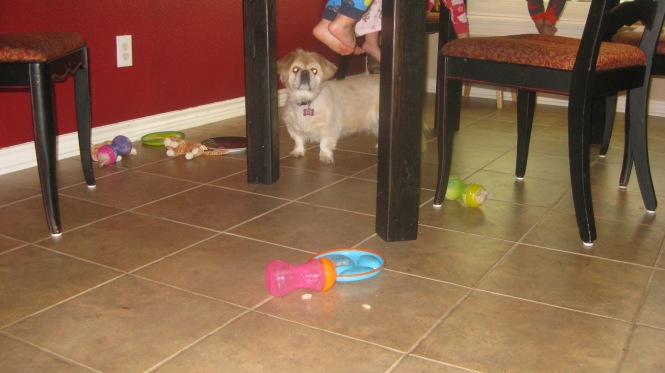
It’s not unusual for our kitchen floor to look like this during or after a meal. However, I’m done cleaning up everyone’s messes.
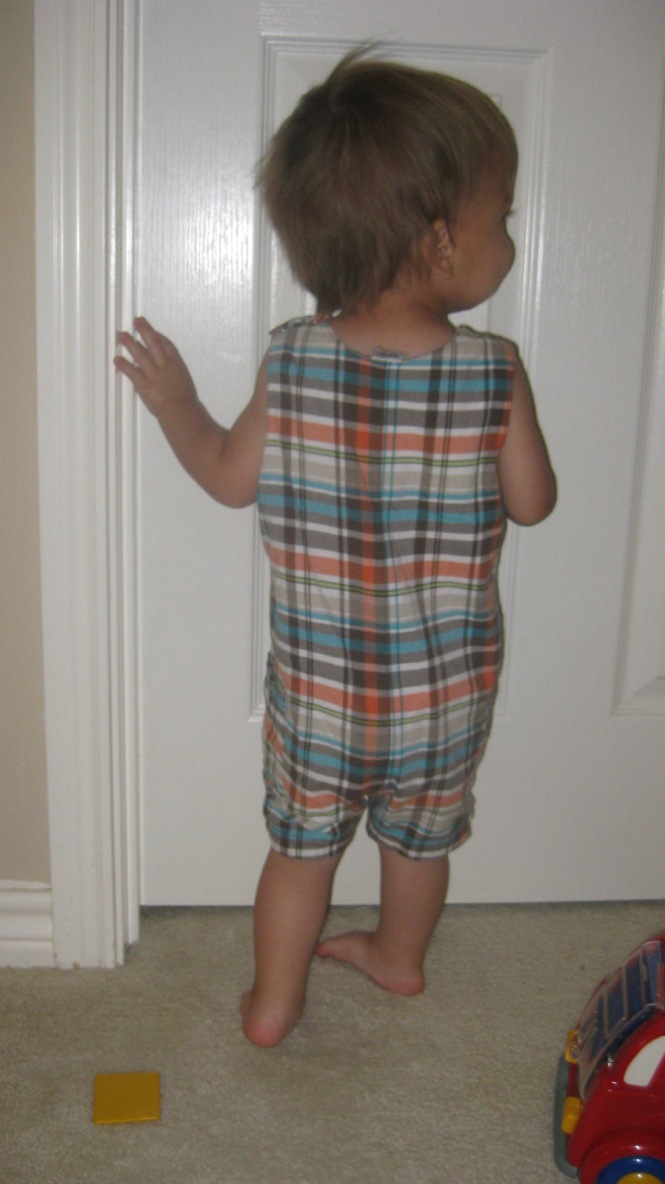
Time out is among the consquences in our house. When I first introduced time out, I set the offender in my lap as I held their arms across their chest and counted aloud. We have since progressed to nose to the wall or corner.
2. Provide sensory motor breaks throughout the day, especially between transitions.
With toddlerhood, our schedule is much more flexible than it once was. However, we still maintain quite a bit of structure in the day, which helps make things predictable and comfortable for everyone. Of the quads, Harper tends to have more energy to burn. With him, I make a point to integrate physical activity into our day, several times. Often times, he has days where he pushes the others or runs around destructively. When I notice that type of behavior, I know it’s time to either go outside, or to use some of our gross motor toys (e.g. mini trampoline, slide, riding toys).
3. Allow the child to participate in “helper” activities aka chores.
Everyone likes to feel important and valued, toddlers are no different. As the quads receptive language skills have improved, they’ve been very capable of carrying out simple 1-2 step directions. With supervision, they clean up their playroom, put laundry in the hamper, throw trash away, and feed the dogs. I find that they do best when I am very specific about what needs to be done. For example, I may say, “Please put the blue plate in this basket”. If a verbal direction doesn’t work, I sometimes model what I’m asking for, or help them complete the task hand over hand. After they’ve helped complete some task, I offer ample praise, and they always beam in delight.
4. Provide TONS of praise, which is specific to the behavior. (Praise should ideally occur four times more than redirection. So, if you reprimand a child, he’ll need to be praised for about four appropriate behaviors).
When the quads have done something I like, it’s important to know exactly what they did right so they do it again. For example, they are trying really hard to use their manners so if I hear someone saying “please” or “thank you”, I try to jump in immediately and tell them how well they are doing with using manners. I may say, “Wow, Mason! Great job saying thank you!” or “Oh Sydney, I love how you said please.”
5. Phrase redirection and rules in positive terms (e.g. Say, “Our feet go on the floor” instead of “No standing on chairs”.
Little kids often hear the last thing you said so if it’s in negative terms, they may misunderstand you. You don’t want a toddler thinking you told him to “Stand on the chair”! Again, with little ones or kids with developmental or language delays a verbal message can be lost. Sometimes modeling or showing pictures of what the rule is can help.
6. Empathize with an upset child and allow cool down time.
The quads are toddlers and they have tantrums A LOT. Toddler tantrums are never pretty, and they are exacerbated with multiples. Even though toddlers are not generally rational, they have feelings too. If someone is upset I try to tell them I am sorry they are feeling angry/ mad/ upset. This doesn’t mean I try to rescue them or coddle them. Most of the time, tantrums occur because they were denied their way. Giving them what they wanted (e.g. a cookie, a particular toy) to stop a tantrum will make it significantly worse. Giving in would be counterproductive because it would teach them to have tantrums to get what they want.
When someone is having a very difficult time, I offer them cool down time by taking them to a quiet place and encouraging them to take slow deep breaths. If me facilitating cool down time is unsuccessful, I typically leave them alone for a minute or two, allowing them to calm down independently. I find that placing them in their crib with a preferred toy or book can help them regain composure.
Cool down time is different than time out in that it’s not punitive, rather it allows everyone time to become calm. Sometimes cool down time is needed before a consequence can be implemented. Take the example of making a mess at the table. Sometimes being asked to clean up spurs a tantrum. I may allow time to cool down before I expect a clean up effort to occur.
7. Provide 2-3 acceptable choices.
Everyone likes to feel as if they have control and power. However, it’s not wise to let toddlers and children rule a home. Instead, it’s better to give them parameters for decision making. This can actually be very simple. For instance, at meal times, I let the quads chose between two bibs to wear and two colored plates. A choice can also be between having something or not such as “Do you want to wear socks or no socks.” This empowers little ones and helps prevent future meltdowns.
I also offer choices in the heat of a tantrum as a means to help redirect them. Let’s say Rylin had a tantrum because she wanted strawberries instead of blueberries and we have no strawberries. I may say, “Would you like blueberries or no berries?” This type of choice can help refocus her attention from the strawberries we don’t have.
8. Use first/ then statements.
Kids often want instant gratification and become upset when something doesn’t happen immediately. With the quads, I often use first then statements to let them know the order things will happen. For example, if someone approaches me and says, “Read it” while I’m busy. I may reply, “First, I’m washing dishes then I’ll read it”. It also works to get them to comply with something undesirable. For instance, the quads resist diaper changes because they want to do something else. My response is usually something like, “First I’m going to change your diaper, then you can do your puzzle.”
Even though I’m making an effort to utilize these particular tools as well as my training and experiences, I won’t get it right every single time. There will be times I will make a mistake with the quads, and that’s okay. In those moments, it’ll be important for me to apologize to my children and explain to them that Mommy is a human too. After all, grace is a virtue I want my children to learn too.
hugs,
Amber
Note: This post is in no way sponsored by Love and Logic, but it is a parenting book I feel is beneficial and wholeheartedly recommend. Also, my tips are not a summary of Love and Logic. Instead they are based upon my professional training, continuing education, and experiences, which include Love and Logic training.
This post may contain affiliate links. For more info, please see my disclaimer page.


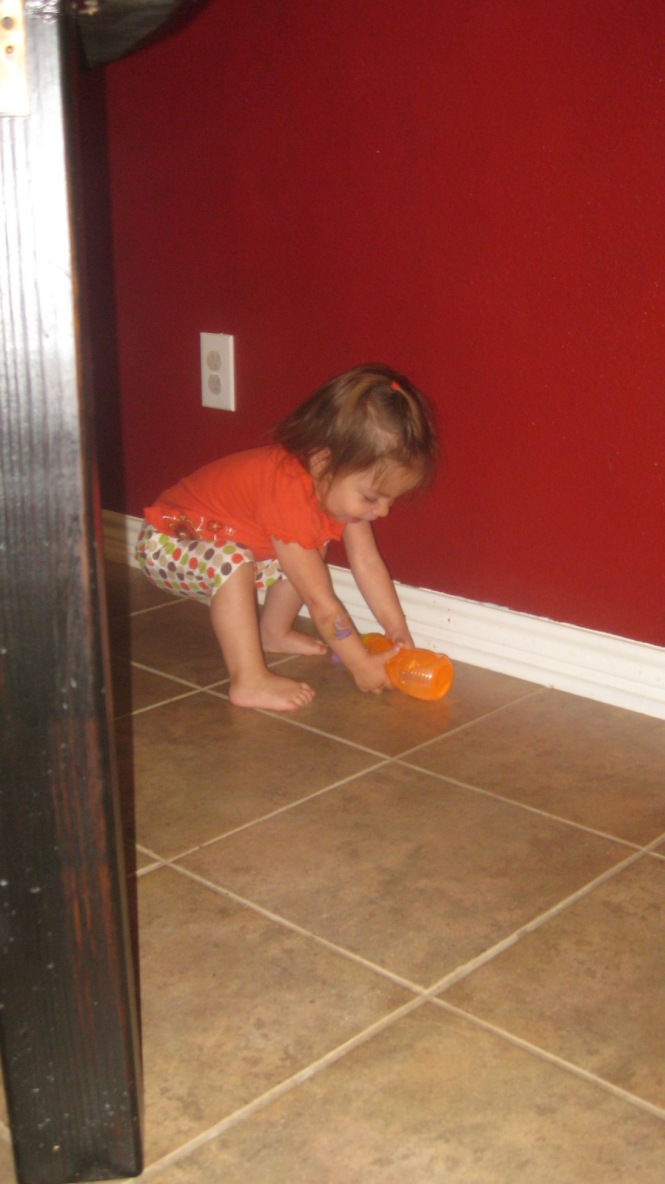
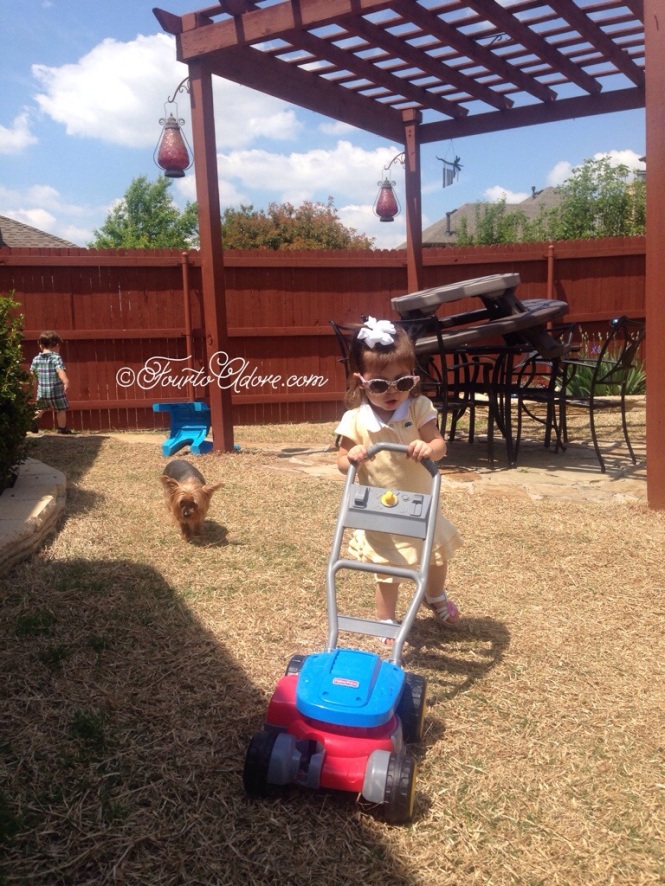

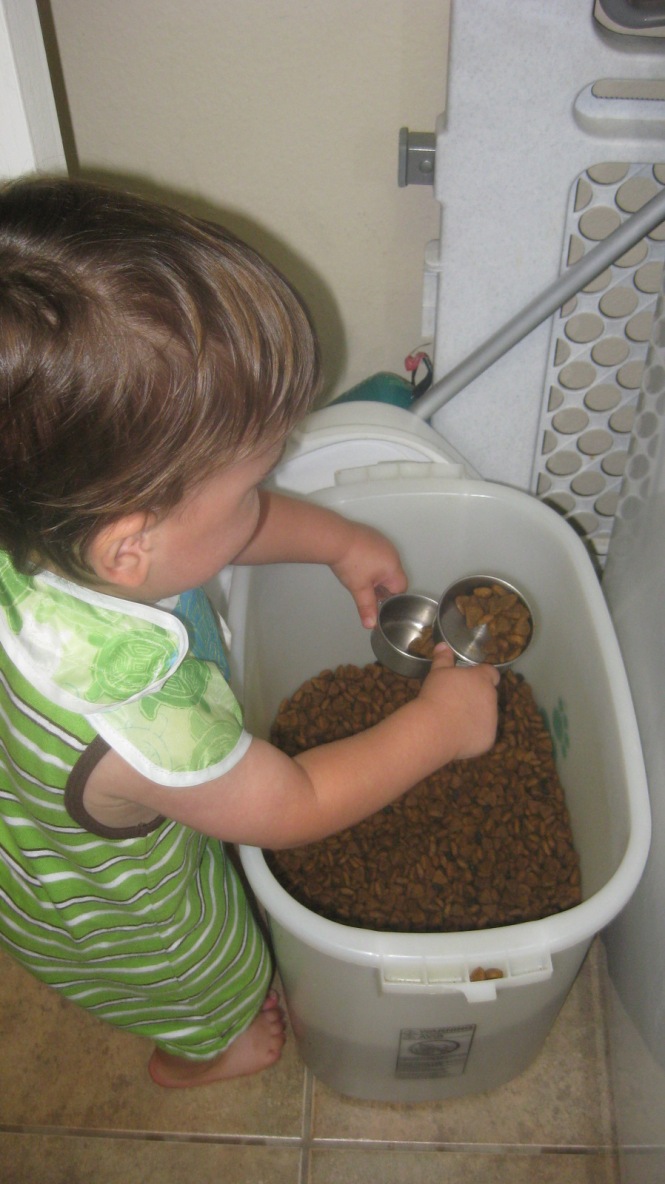
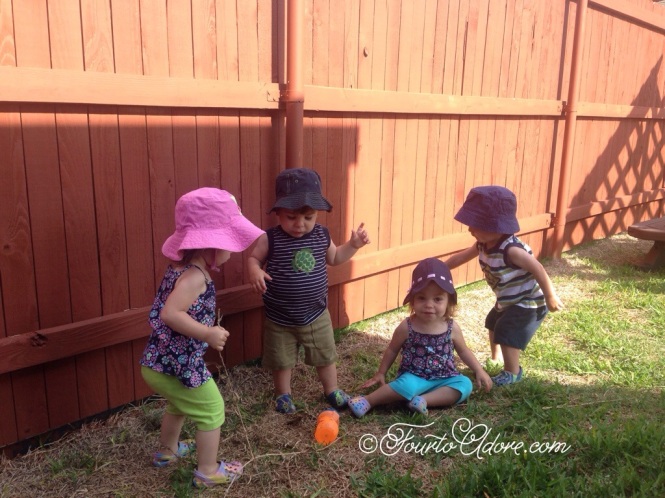

Love your post! With all of my education and experience, I still have suffered falling into bad habits at times. Then I regroup! I love the “First/Then Statements.” We called this “Grandma’s Rule” or “The Premack Principle,” when I was in graduate school. Love your blog x 4!
LikeLike
It’s all too easy to let bad habits form isn’t it? Regrouping is always good though! Yes, the “Premack Principle” is the basis of the first/ then statements. Love, love, love it for little ones. In the school setting, I often use first/ then cards with a visual for kids who have poor language skills. So it shows pictures of what will happen.
LikeLike
We also have read this book and just love the principles and tools it has taught us! We get complimented all the time on how well behaved our kids are, just love it! Great job! We are currently rereading it to hopefully help with some of the struggles (whining) we are dealing with right now 🙂
LikeLike
I love that you’ve read it too, and have seen results. A refresher is always great! I’ll probably read it again many times over!
LikeLike
This is practical advice for any mother, not just mom’s of multiples. I’m so glad I came over to read it!
I need to start using these with my boys, the hardest one for me is making sure consequences are immediately after the incident and always following through with them.
LikeLike
I’m so glad you read it too! Oh yes, it’s for all parents. It is from my bank of tips I use professionally. I agree, immediate consequences are tricky, and easier said than done. It’s something I work on myself.
LikeLike
Did you find the potty training advice given in “Love and Logic Magic for Early Childhood” helpful? I know your kiddos are not quite at that stage…but was it a substantial portion of the book.
We are so struggling with potty training right now with our 3yo son. And I have read all sorts of advice from 1) stay consistent and make your child sit on the potty after every meal until he poops to 2) NEVER force your child to sit on the potty; it will turn into an unending power struggle, he will start withholding poop, will get a bowel obstruction and die. (I feel like we are going down the latter road; it does feel like a power struggle.) I don’t know what to do.
LikeLike
We haven’t gotten serious about potty training, but we are using a Love and Logic approach for the most part. At this point, we have training potties in the bathrooms, and when we go, we have one or two of the quads observe. Sometimes they’ll sit as they watch. We praise them for sitting if they are willing. Though they often tell us when they are dirty, and sometimes even before they go, they are not keen on sitting on the potty with no diaper so we aren’t pushing it. I always thought I’d want to begin training by two, but now I’m seeing the value in letting them take a bigger role in the process. Potty training is an area where children really are in control. Even if you put them on a schedule or whatever, you cannot make a child void, they have to do it themselves. The sage advice from other moms of multiples has been to wait until they are ready, which for most seems to be 26-30 months, get four potties and spend a long weekend focusing on just the kids and the potty. That may be part of our plan as we see more signs of readiness. If I were you, and it feels like a power struggle, I’d back up a little and start offering choices about all sorts of things so he feels like he’s more in control. It can be little choices, but ones he feels that he’s making, and hopefully he’ll start taking a greater interest in being potty trained. Good luck!!! (And wish me luck. I want potty trained children, but am really not excited about the process required to get there!)
LikeLike
Such great ideas – but the nose in the corner scares me. I was made to do that, and I always felt that I was shunned and unwanted when that happened. Each child feels differently, but this is a possible reaction. Perhaps a time out sitting facing away from the wall would be just as helpful, I’ve seen it work in other situations and the child won’t feel so isolated. Great post, for the most part.
LikeLike
I can understand why you’d have that perspective. In fact, I thought the same thing when another mom of quads suggested it. I thought it seemed mean. That was until we began time out with our toddlers.
Several months ago, we started using pack n plays for a time out area. The problem was that the others would approach the pack n play and tease the person in time out. Also, it was a problem if more than one child needed to be in time out at the same time since we just had one pack n play. Then I had them sit in my lap, which worked very well, but I needed them to take more responsibility. That’s when I tried just sitting them aside, facing the group. The same problem happened as with the pack n play, the others would try to play with the person in time out and it was in no way a negative consequence. In order for time out to be effective, the child has to view it as negative so they don’t want to repeat the behavior that sent them to time out. Turning them to face the wall has made a huge difference in effectiveness. They aren’t distraught, but don’t like it because they don’t like missing out on what everyone else is doing. At the moment, it’s working well for us. As they get older, the tides may change. An older child may find it more difficult to watch everyone else play while they sit on the sidelines. At the same time, I expect to use time out less and less because they will be able to comprehend other consequences and verbal logic than they can right now. Thanks for reading!
LikeLike
Great tips! I really need to get more in the game regarding expectations & boundaries, especially with meal times & time outs. When my crew is done with meals they sometimes like to tip their plates over and hit the cup on the table, straw side down. Both these cause great messes and on good days I say, “uh oh, all done” and take it away but nothing more, and on bad days I give an exasperated “arrrgh!” and simply say “no no no!” as I quickly clean up their mess. Which I bet they find hilarious and that is why they still do it! 😉 I have yet to do time outs, mainly b/c I never found them effective with Jenna until after age 2, but I think if your crew can catch on, mine can too! Thanks, Amber!
LikeLike
I bet they love the show Mommy puts on when they make messes 😉 I know mine love the exasperated Mommy routine, a lot. Mine are catching on to time out. I don’t like hand slapping, yet resorted to it one day when Sydney tried my patience one too many times. I knew it was the last time I’d do it when Rylin later imitated me. Not a shining moment! They really are catching onto time out, and find it unpleasant for the most part. I do hope that as they get older and become more logical, I can use other consequences with a bit more creativity. Good luck 😉
LikeLike
[…] eaters and a few of them have no qualms about chucking a cup 20 feet across the kitchen. To teach them responsibility, they clean up their messes, but they are barely two. I still have to go behind them to keep milk from souring on the tile. […]
LikeLike
Love, love, love this post! Thank you for sharing with all of us! Once again, you are amazing! I am sure this will be one of those post that i will come back to often! Hugs!
LikeLike
So glad it’s helpful! Funny things- sometimes I refer back to it too! I know all this stuff, but it’s so easy to forget. I’ll probably read Love and Logic several times over myself. Good luck 🙂
LikeLiked by 1 person